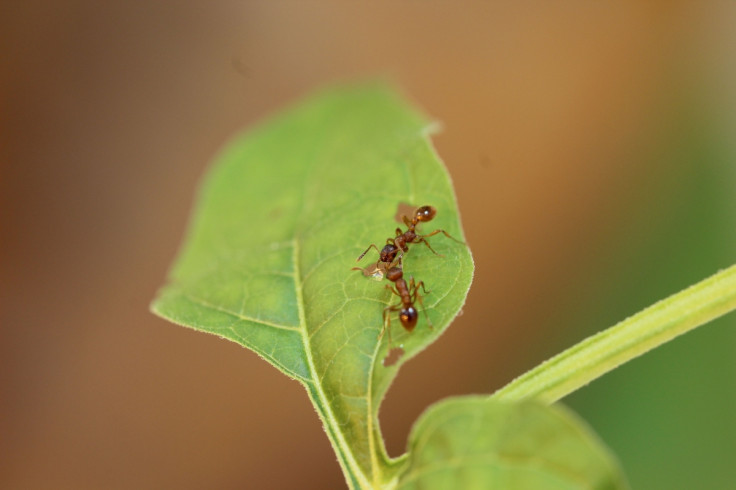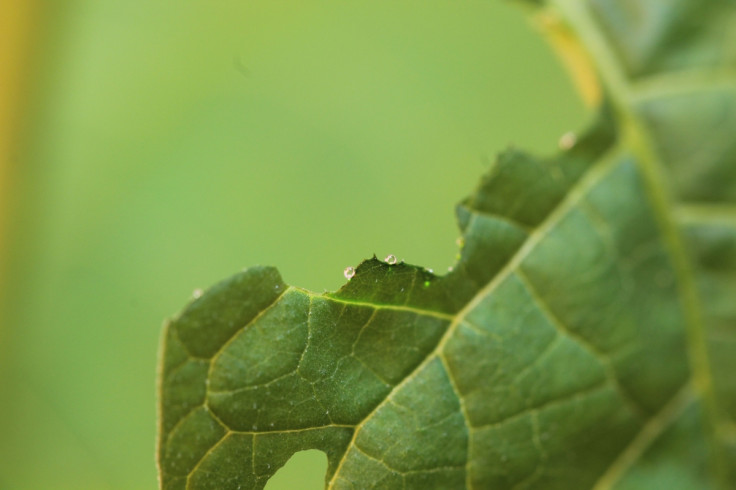Nightshade plant bleeds nectar to call ants to its defence

Nightshade has a special defence mechanism to protect itself from herbivorous predators, scientists have discovered. The plant has been found to secrete a sugary nectar from its wounds to bring ants – who are the natural enemy of herbivores – to its defence.
Past studies found at least 4,000 plants can secrete nectar from specialised glands, known as extrafloral nectaries, to attract enemies of herbivores. The latest study, published in Nature, is the first to report that nightshade produces this nectar from its own wounds.

Scientists from Freie Universität, Berlin, observed small droplets of liquid being secreted from the holes on bittersweet nightshade, where herbivores had eaten it. They collected these droplets and tested them in the lab to find the chemical make-up. They found it was chemically closer to nectar than sap, and could be easily recreated for further tests.
They applied their recreated nectar to 100 shoots of nightshade in a field, to see if it attracted any other species. After 32 days the shoots were harvested and the scientists found that at least three ant species had foraged on the shoots.
In a controlled greenhouse, they added slugs and flea beetle larvae (herbivores) to the nightshade. After the herbivores began eating the nightshade leaves, ants appeared and attacked them. The researchers said damage to leaves was significantly reduced once the nectar had been secreted from the plant.
The team believes secreting nectar from wounds is an evolutionary response to beetle attacks, and additional protection from hungry slugs. The findings could help researchers to find more plants with extrafloral nectaries, as well as better our understanding of the evolution of plants that secrete nectar.

© Copyright IBTimes 2025. All rights reserved.





















